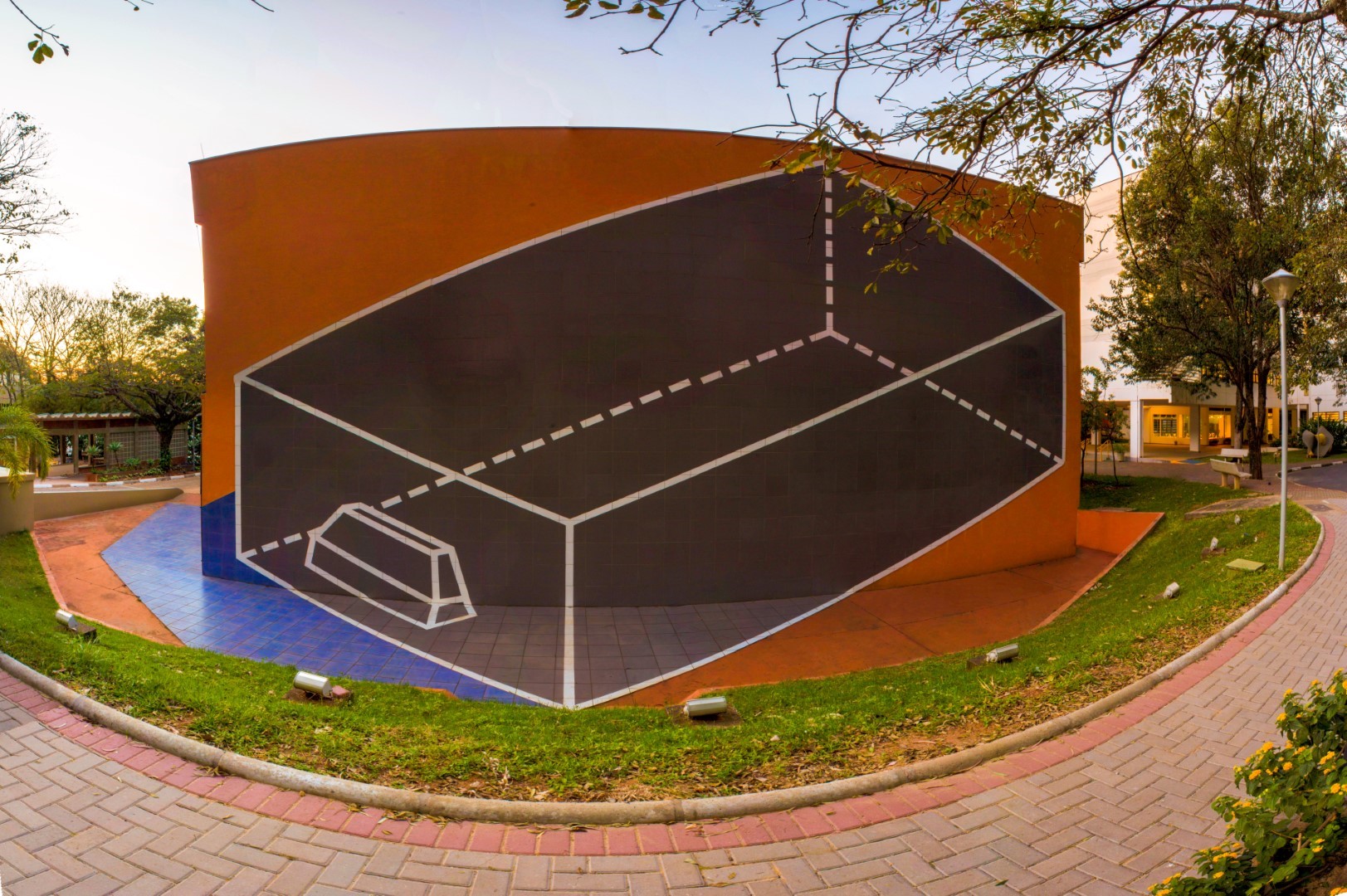Visita PRCEU - Acontece anualmente, vinculada a Pró-reitoria de Cultura e Extensão Universitária, que organiza na USP um período de visita monitorada em todos os Campi da USP.
No ICMC/USP em 2024 a visita monitorada - PRCEU será realizada no dia 29/05/2024 - 14h30 às 17h30 - com disponibilidade de 200 vagas
As inscrições individuais ou em grupo poderão ser realizadas a partir de 06/05/2024 pelo Formúlário - on-line.
Saiba mais em: https://uspprofissoes.usp.br/visitas-monitoradas-2024/
Visita Avulsa - O ICMC/USP receberá visitantes externos (grupos) ou escolas de qualquer região do país em quatro períodos fixos:
Abril, Maio, Setembro e Outubro - Atividade coordenada pela Comissão Permanente para Divulgação das Atividades de Extensão e Cursos de Graduação do ICMC/USP - designada pela Portaria ICMC Nº 017/2024, de 26.02.2024 - conforme disposto pela Instrução 001/2024 - Orientação das Atividades da Comissão.
ABOUT THE COURSE
The Bachelor in Data Science aims to train a professional capable of “thinking with data”. Faced with the enormous amount of data currently available, from the most varied sources (such as the web, mobile devices, specialized literature and sensors of all kinds - such as satellites, radars and even telescopes), this capacity is essential for the production of new, useful knowledge. and relevant to decision support and resolution of complex problems in society.
WHAT ARE YOU GOING TO STUDY?
The course is multidisciplinary and is at the junction of the areas of Computing, Statistics and Mathematics. This graduation aims to provide solid conceptual knowledge for data science and practical skills for solving real world problems in the many areas, also developing communication skills and citizen and ethical behavior, so relevant today.
The student will learn algorithms, programming languages, data structures and the usual organization and architecture of modern computers. You will also be trained to deal with databases, artificial intelligence and its various techniques and applications (machine learning, data and text mining and natural language processing), data and information visualization, basic mathematical and statistical concepts, statistical modeling problem solving, statistical data analysis and inference and optimization techniques. In addition, other options will be presented to you during the course, as sets of elective subjects on the most diverse fronts, which include advanced programming, information security, web development, advanced mathematics, optimization, entrepreneurship, data mining and applications.
In the last semester of the course, the student must complete the course conclusion assignment, which can be in a company (characterizing supervised internship) or at a university or research center (characterizing undergraduate thesis), and these modalities can also occur abroad ( in exchange period). For students who choose to undertake, it will be possible to carry out an internship in their own company.
The teaching and learning strategies are varied. There are classes in the traditional style, with theoretical and theoretical-practical classes, and also practical laboratories. However, a good part of the course is focused on the use of active teaching methodologies, in which the student assumes a greater role in the process, with strategies based on problem-based learning and flipped classrooms.
WHAT WILL YOU DO?
There are several possible fields. On the academic side, the student will be able to continue his/her education in graduate school (in master's and doctoral programs), which seeks to advance the frontier of knowledge for methods and applications of Data Science. In companies and specialized institutes, the demand for data scientists is huge: the student will be able to work in e-commerce companies (for example, seeking to understand the behavior of market segments, customize their advertisements and improve their sales), in banks and financial institutions (to analyze customer profiles and the most appropriate services to offer them, better investment strategies and possible fraudsters in the system), in the health area (by collecting and analyzing data on diseases, symptoms and possible treatments, as well as monitoring and predicting the behavior of epidemics), in the legal area (through the automatic analysis of laws and jurisprudence to assemble legal arguments for new cases), in demographic issues and political-social actions (through the survey and analysis of population data and identification of demands and possible referrals and solutions) and even in astronomy (processing the space data obtained to identify habitable planets and other celestial bodies of interest), among countless others (such as meteorology, urban planning and public transport, environmental and energy issues, education, etc.).
TEOREMA DA GAVETA
Achille Bassi é o nome do fundador do Departamento de Matemática da USP de São Carlos. Sua área de pesquisa era Topologia Combinatória. Segundo seus alunos, suas aulas eram temperadas com um forte sotaque italiano e eram sempre muito intensas. Ele também gostava muito de astronomia. Contam-se muitas histórias sobre ele. Uma dessas histórias é um teorema que ele demonstrou e que ficou conhecida como Teorema da Gaveta que transcrevemos a seguir:
"O Prof Bassi estava com seu terno cinza já quase branco de giz, com a lousa toda preenchida com a demonstração de algo que deveria ser muito interessante, mas que ainda não havia terminado. Sem nem pensar em apagar a lousa, ele continua escrevendo a demonstração do teorema na mesa, neste momento já estava rodeado pelos estudantes. Escreve, escreve e escreve e a mesa também fica completamente tomada dos argumentos, mas a demonstração insiste em não se completar. Faltavam ainda algumas poucas linhas. Surpreendentemente, sem a mínima pausa, o Prof. Bassi abre a gaveta central da mesa e escreve dentro desta as úlltimas linhas da demonstração! QUOD ERAT DEMONSTRANDUM - ele havia terminado a demonstração do que ficou conhecido como Teorema da Gaveta."

Pesquisa da USP: estudantes do ensino básico aprendem matemática e estatística confeccionando saias
Projeto surgiu de experiências familiares de pesquisadoras e foi aplicado com alunos do 9º ano de uma escola municipal em Américo Brasiliense
Confira em: https://icmc.usp.br/e/adbdd
© 2024 Instituto de Ciências Matemáticas e de Computação